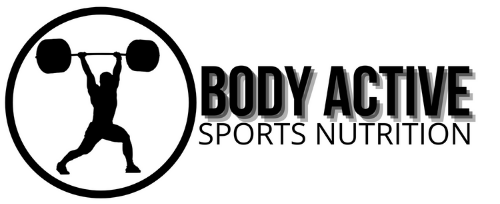Protein shakes are popular tools for weight loss, offering convenience and nutritional benefits. However, not all protein shakes are created equal. Selecting options without added sugars and unhealthy ingredients is crucial for maximizing their effectiveness. Here’s how to effectively use protein shakes for weight loss and recommendations for some of the best options available.
Understanding Protein Shakes
Protein shakes are beverages made by mixing protein powder with water, milk, or other liquids. They can come from various sources, including whey, casein, soy, pea, and hemp. Each type has unique benefits, making it essential to choose one that fits your dietary preferences.
Benefits of Protein Shakes for Weight Loss
- Satiety: Protein is more filling than fats or carbohydrates, helping to curb hunger and support a calorie deficit.
- Muscle Preservation: Maintaining muscle mass during weight loss is vital, and protein shakes can provide the amino acids needed for muscle repair and growth, especially when combined with resistance training.
- Convenience: Quick and easy to prepare, protein shakes are an excellent option for those with busy lifestyles, serving as meal replacements or nutritious snacks.
- Metabolism Boost: A higher protein intake can enhance the thermic effect of food (TEF), meaning your body burns more calories digesting protein compared to other macronutrients.
How to Incorporate Protein Shakes into Your Diet
- Choose the Right Protein Powder: Look for protein powders that are free from added sugars and unhealthy ingredients. This might include natural sweeteners like stevia or monk fruit instead of traditional sugars.
- Timing Matters: Consider consuming protein shakes at key times:
- Post-Workout: For recovery and muscle building.
- As a Meal Replacement: When on the go, ensuring the shake contains protein, healthy fats, and carbohydrates.
- As a Snack: To curb hunger between meals.
- Balance Your Shake: For a well-rounded meal replacement, mix in fruits, vegetables, healthy fats (like nut butter or seeds), and fiber (such as oats or chia seeds) for added nutrition and flavor.
- Monitor Your Caloric Intake: Even nutritious shakes can contribute to excess calories if consumed in large quantities. Track your intake to stay within your target range.
- Stay Hydrated: Drink plenty of water throughout the day, especially when incorporating protein shakes, as protein metabolism requires adequate hydration.
Selecting the Best Protein Shakes
When choosing protein shakes, it’s essential to assess their quality. Here are some criteria to consider:
- Ingredients: Look for protein powders with minimal ingredients, avoiding added sugars, artificial sweeteners, and preservatives.
- Protein Content: Aim for a product that provides at least 20 grams of protein per serving.
- Source of Protein: Choose based on your dietary needs—whey protein for quick absorption, plant-based for vegan options, etc.
- Flavor and Mixability: Check reviews for taste and how well the powder mixes with liquids.
Recommended Protein Shakes
- Orgain Organic Protein Powder
- Type: Plant-based
- Ingredients: Organic pea protein, organic brown rice protein, organic chia seeds
- Sugar Content: No added sugars, sweetened with stevia.
- Vital Proteins Collagen Peptides
- Type: Collagen protein
- Ingredients: Grass-fed bovine collagen peptides
- Sugar Content: Zero sugars, great for skin, hair, and joint health.
- Garden of Life Raw Organic Protein
- Type: Plant-based
- Ingredients: Organic pea protein, organic sprouted grains, seeds
- Sugar Content: No added sugars, includes probiotics and enzymes for digestion.
- Dymatize Nutrition ISO100
- Type: Whey protein isolate
- Ingredients: Hydrolyzed whey protein isolate
- Sugar Content: Zero sugars, highly refined for rapid absorption.
- Naked Nutrition Naked Whey
- Type: Whey protein
- Ingredients: 100% grass-fed whey protein
- Sugar Content: No added sugars, non-GMO, and free from artificial ingredients.
Potential Pitfalls to Avoid
- Relying Solely on Shakes: While protein shakes are beneficial, they shouldn’t replace whole foods entirely. A balanced diet rich in fruits, vegetables, whole grains, and lean proteins is essential for overall health.
- Overconsumption: Even healthy shakes can lead to excess calories. Keep portion sizes in check and integrate them thoughtfully into your diet.
Conclusion
Using protein shakes as part of your weight loss journey can be effective, especially when you choose high-quality options without added sugars and unhealthy ingredients. By selecting the right protein source, timing your shakes, and ensuring a balanced diet, you can enhance your weight loss efforts. Always consult a healthcare or nutrition professional before making significant dietary changes to ensure you’re on the right path. With the right approach, protein shakes can be a valuable ally in achieving your weight loss goals.

